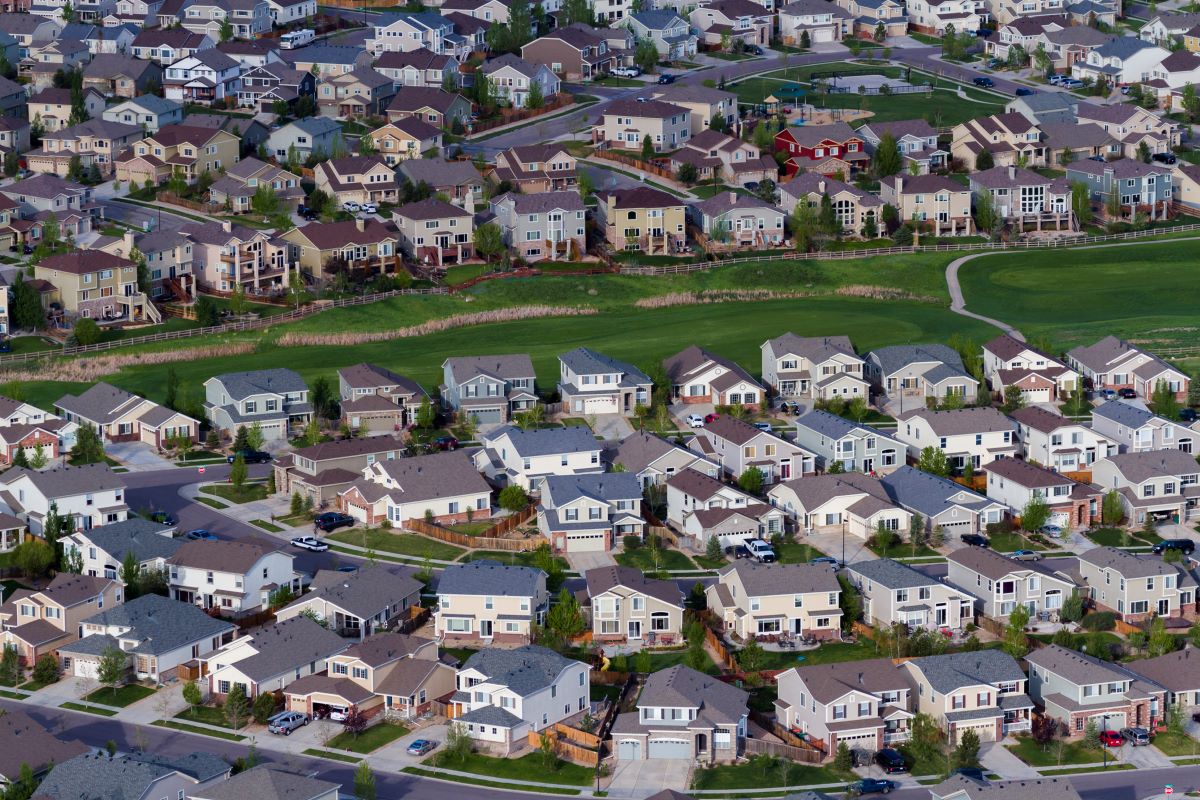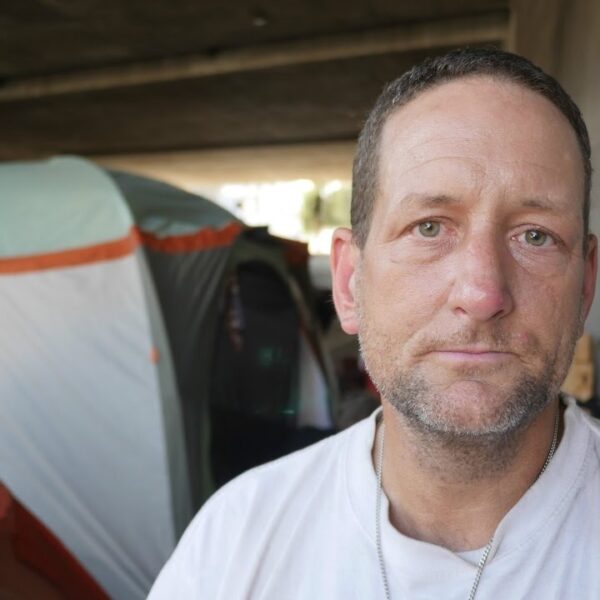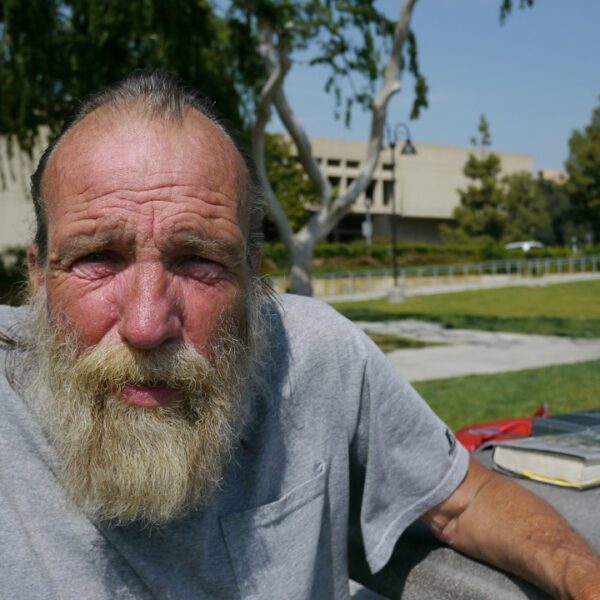To Solve Homelessness, We Need More Affordable Housing
The United States of America is an economic paradox. Here we can have a street lined with multi-million-dollar luxury properties on one side and tent encampments on the other.
The international health emergency in 2020 not only magnified the already-present homeless crisis by making it more visible but also exacerbated the issue due to astronomical drops in the GDP. In the aftermath of mass layoffs, corporate shutdowns, and the highest rates of inflation seen since 1981, rates of homelessness continued to trend upward, even as victims of the crisis were drastically undercounted and ignored.
Grappling with the astronomical number of people experiencing homelessness is a vague and uphill battle. It’s one where accurate data is obscured to the point of non-existence.
When tallying the total, most advocates and journalists refer to the Point In Time Count, which reflects the number of visibly homeless people counted by volunteers on any given night in January. That number currently stands at 582,462 people, most identifiably homeless adults.
Youth advocates refer to school statistics showing that approximately 1,280,866 K-12 grade students experienced homelessness during the 2019-2020 school year. Another 1,455,537 children under six experience homelessness each year.
Whether considering the millions of children experiencing homelessness each year or the hundreds of thousands of adults counted on city sidewalks and cots in local homeless shelters on any given frigid January night, one thing is certain – entirely too many people are homeless in America.
A Lack of Affordable Housing is the Overwhelming Reason for the Homeless Crisis
It is easy to attribute the homeless crisis to other unfortunate American problems. For example, the opiate epidemic and the alarming increase in rates of mental illness often come up in conversations where homelessness is mentioned. However, it’s important to note that these issues are not unique to the unhoused community.
These problems are ticking upward across most groups in America. Overall, they are not fueling the homeless crisis.
Recent data released by the Bipartisan Policy Center found “Other variables beyond individual characteristics seem to drive the prevalence of homelessness in the places where it is most common.”
Researchers agree that the leading variable is a lack of affordable housing.
Zoning Restrictions Create Barriers to Affordable Housing Construction
Researchers seeking solutions to the affordable housing crisis found that places where homelessness is rampant, and housing is less affordable are often cities where zoning restrictions create barriers to affordable housing construction.
Single-family zoning is a concept that originated in the 20th century. As the name denotes, this type of legislation limits residential housing construction to detached single-family houses in specific areas.
These laws are essentially what make the distinction between a city and a suburb. Because the laws restrict the construction of duplexes, apartment communities, and condominiums, only people who can afford to purchase a single-family detached house can live in these areas. Incidentally, these areas often have more residential resources and higher-rated schools. As such, single-family zoning has been linked to many unfavorable practices, such as redlining, segregation, and even higher pollution rates, as dense communities are pushed further into already-congested cities.
Scholars at the University of California, the University of Texas at Austin, and several other top-rated institutions have declared that the only way for the American dream to survive in the current economic climate (which is one where more than half of all US workers cannot afford to purchase a house) is for the single-family zoning legislation to die.
In the words of Community and Regional Planning Program Assistant Professor Jake Wegmann, “Land use regulations that make a singly occupied, detached house on a large parcel the only allowable option should be replaced, wherever they exist, with new rules that allow medium-density, or ‘Missing Middle,’ housing to be built by right.”
Researchers project that this shift in legislation will address both housing inequality and climate change simultaneously. When put into practice, however, complications abound.
A Single Step in the Right Direction
Bloomberg reports that efforts to eliminate single-family zoning are a step in the right direction toward building a more equitable and sustainable future. But that step is a single step, and more legislative revisions are necessary.
Minneapolis moved to eliminate single-family zoning in 2019, to the tune of great accolades from housing enthusiasts. However, once put into place, that effort was met with many challenges deriving from other land-use restrictions and NIMBY neighbors.
As it turns out, while permits to build apartment buildings doubled as a result of the legislative changes, very few apartment buildings actually got built. Once the initial restriction was removed and the paint was peeled back, so to speak, new layers of equally stubborn legislation lay beneath the surface.
Sneaky little limitations were placed on the kind of apartment buildings that could be built. Parking ordinances and impact fees nixed potentially promising projects before the foundation could even be laid.
Adding to the dilemma were NIMBY neighbors armed with the ability to delay apartment construction for months on end, or perhaps, in some cases, indefinitely.
Talk to Your Legislators About Land Use, Zoning Reform, and the Construction of Affordable Housing
Undoubtedly, several affordable housing projects are in limbo due to restrictive and discriminatory zoning practices. Other projects are on hold for the sole reason of NIMBY complaints.
In a recent mayoral survey on housing, an overwhelming majority of city leaders admitted that when it comes to homelessness, they are more interested in suppressing voter’s complaints than in resolving the issue.
This is why your voice must drown out the hatred.
Contact your representatives today and ask them to reverse the practice of single-family zoning. It’s time to create better land-use policies that foster the construction of affordable homes.













